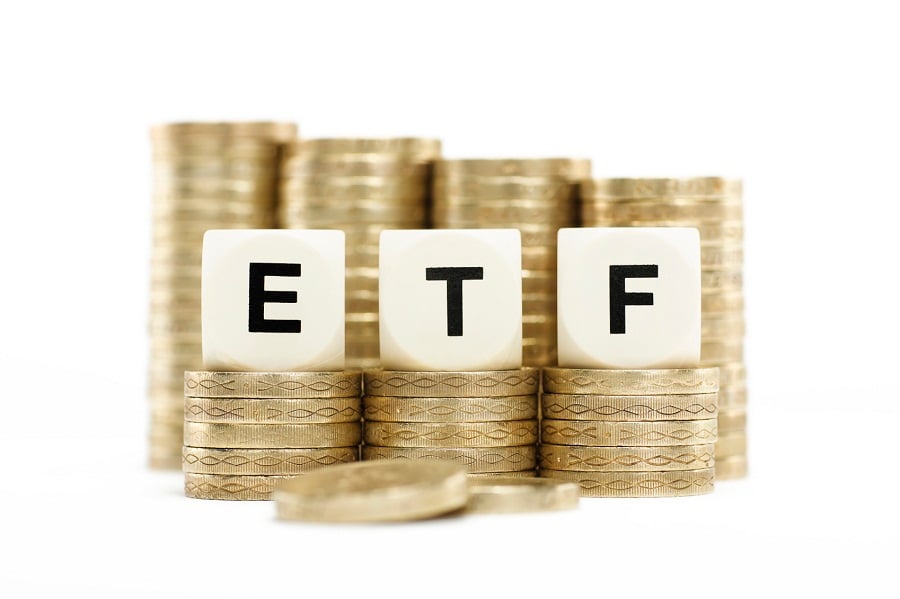Facing two years' worth of proof that investors are becoming
increasingly cost-conscious, State Street Global Advisors is converting seven exchange-traded funds to fit into its suite of low-fee ETFs.
The move is the latest by an ETF provider in a
multiyear price war, in which State Street admittedly fell behind as the earliest price cuts were being rolled out by the nation's largest ETF providers
in 2016.
"We were late getting into the low-cost arena, and we needed to make a concerted effort," said Matthew Bartolini, head of SPDR Americas research at State Street, the nation's third-largest ETF provider with $667 billion under management.
State Street's effort in this area in October 2017 bore fruit. The low-cost SPDR ETF Suite launched with 15 funds, managing a combined $13 billion.
The suite has added $34 billion in net new assets over the past two years, and its current total of $47 billion would rank it as the seventh-largest stand-alone ETF provider.
[Recommended video: Retirement advisers can boost business by focusing on participants in these ways]
State Street is hoping to add to that momentum by expanding the suite by adding seven existing ETFs, all of which have been given new names, new ticker symbols and in many cases, lower fees.
The changes were filed with the Securities and Exchange Commission after the market closed Thursday.
The State Street funds joining the suite have a combined $4.4 billion in assets and include five fixed-income and two international equity ETFs, rounding out the suite to include 11 equity and 11 fixed income ETFs.
"State Street dipped a foot into the low-cost waters a few years ago, and this is a sign they're taking it more seriously," said Todd Rosenbluth, director of mutual fund and ETF research at CFRA.
"Advisers are increasingly relying on one firm for broad asset allocation suites, and this is a continuation of their plan to be a go-to vehicle for advisers building model portfolios with ETFs," he said. "Cost is increasingly becoming the primary indicator of what is a good ETF to investors, although I disagree with that."
State Street's latest move could be characterized as aggressive on fees, but not overly aggressive.
For example, the $165 million SPDR MSCI ACWI IMI ETF (ACIM), which has been renamed SPDR MSCI Global Stock Market ETF (SPGM), had its expense ratio cut to 9 basis points from 25 basis points.
The new expense ratio matches comparable ETFs by BlackRock and Vanguard, the first- and second-largest ETF providers.
Similarly, the $188 million SPDR Stoxx Europe 50 ETF (FEU), renamed SPDR Portfolio Europe ETF (SPEU), had its expense ratio cut to 9 from 29 basis points.
[More on investing: Register now for our ESG & Impact Forum at the U.N. on Dec. 5.]
"They're giving up revenue with fee cuts, but hoping to make it back with scale," Mr. Rosenbluth said.
Mr. Bartolini admits the expansion of the low-cost suite is a response to an increased focus on fees, particularly in the wake of the efforts to create a fiduciary standard for financial advisers.
"Fees are unquestionably very important, but that's not the only part of the cost equation," he said, explaining that the low-cost suite also focuses on keeping bid-ask spreads narrow, using commission-free trading platforms and keeping share prices at levels designed for smaller accounts.
"We're also paying attention to things like portfolio manager efficiency in tracking the benchmark," he said. "If the tracking error is 30 basis points, who cares if you only charge six?"







